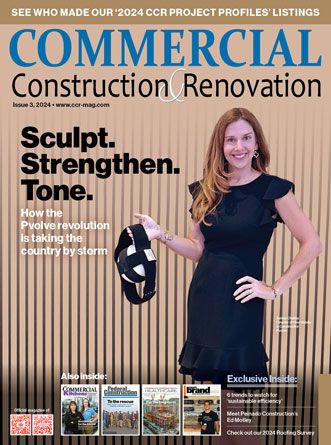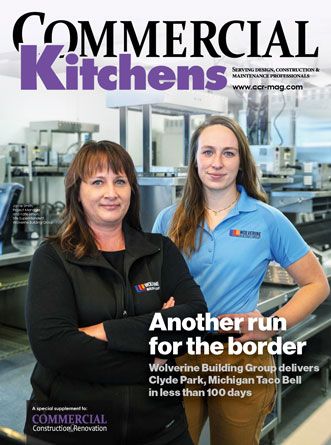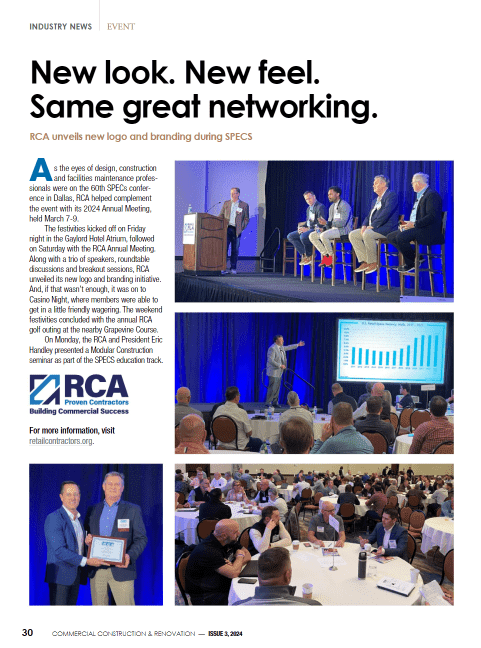In the fast-paced world of commercial construction, time is of the essence. Construction companies constantly strive to bring innovative building designs to life as quickly as possible, ensuring quality and cost-effectiveness.
At this point, the use of rapid prototyping techniques becomes crucial. By leveraging these advanced technologies, construction firms can streamline their design, planning, and construction phases, reduce time to completion, and gain a competitive edge.
This article will explore rapid prototyping with a focus on injection molding techniques, providing valuable insights for those seeking to accelerate their commercial construction projects.
Understanding Injection Molding
Before going into the intricacies of rapid prototyping, it’s important to understand the basics of injection molding. This manufacturing process involves melting a thermoplastic material and injecting it into a mold cavity under high pressure.
Once the material cools and solidifies, the mold opens, and the finished part is ejected. While commonly associated with product manufacturing, injection molding can also be applied to create prototypes and components for construction projects.
Injection Molding Techniques
The use of custom injection molding techniques can vary based on the specific needs and goals of a construction project. The following are commonly utilized due to their adaptability, efficiency, and ability to produce durable components:
- High-Pressure Injection Molding: This method involves injecting molten material into a mold at high pressure. It’s widely used for producing a large volume of parts with high precision and consistency. High-pressure injection molding is suitable for creating a variety of construction components such as fixtures, fasteners, and custom fittings.
- Overmolding: This technique is useful for creating parts that need an additional layer of material for grip, insulation, or aesthetic purposes. This could include tool handles with a comfortable grip, waterproof seals on electrical components, or multi-material architectural models. It enhances the functionality of standard construction parts.
- Insert Molding: This method is employed to integrate metal parts with plastic components, creating composite pieces with enhanced strength and utility. It’s particularly advantageous for producing items like reinforced brackets, integrated hook attachments, or components that require embedded nuts and bolts for structural integrity.
- Gas-Assisted Injection Molding: This technique is used to create lighter yet stronger components. This can be particularly beneficial for parts that need to be both durable and easy to handle or install, such as large panels, frames, or housing units. The technique reduces material usage and overall weight without compromising strength.
Using these injection molding techniques, construction firms can address a wide range of project requirements.
Benefits Of Injection Molding
Injection molding offers significant advantages over traditional prototyping methods, such as computer numerical control (CNC) machining or 3D printing. It combines efficiency with precision, offering considerable benefits to the construction and design sectors.
- High Accuracy and Functionality: Injection molding produces highly accurate and functional prototypes that mirror the final building components. This accuracy is vital for effective testing and validation, ensuring the prototypes meet the necessary standards and specifications.
- Complex Geometries and Intricate Details: The technique supports the creation of prototypes with complex shapes and detailed features, often beyond the capabilities of traditional methods. This is particularly beneficial for designing precise architectural elements and intricate building components necessary in modern construction.
Incorporating injection molding into construction and design processes offers notable improvements in precision and design flexibility. However, its adoption should be weighed against project-specific requirements and constraints to maximize its benefits effectively.
Selecting The Right Materials
Material selection is critical when utilizing injection molding for prototyping in commercial construction. A wide range of thermoplastic materials is compatible with this process, including Acrylonitrile Butadiene Styrene (ABS), polypropylene, and engineering-grade resins like Polyether Ether Ketone (PEEK). The choice of material will depend on factors such as the desired mechanical properties, weather resistance, and intended application of the component.
Working closely with your injection molding partner can help ensure that the chosen material aligns with your project’s unique needs and can be efficiently processed through injection molding techniques.
Optimizing Design For Manufacturability
While rapid injection molding offers numerous benefits, it’s important to tailor your building design and component specifications for manufacturability. This involves evaluating elements like wall thickness, draft angles, undercuts, and rib designs, which can impact manufacturing ease and the quality of the final product.
Collaborating with architects, engineers, and injection molding experts is essential to identify potential issues early on and make necessary adjustments for a successful prototyping process.
Streamlining The Prototyping Process
One of the key advantages of injection molding is its ability to streamline the prototyping process for commercial construction projects. By leveraging advanced techniques like aluminum mold inserts or 3D-printed molds, turnaround times can be significantly reduced, allowing for faster iterations and quicker project completion.
Additionally, many injection molding companies offer comprehensive services, from design consultation to rapid tooling and production, providing an efficient experience for construction teams.
Bridging The Gap To Production
Injection molding facilitates rapid prototyping and serves as a stepping stone toward full-scale production of building components. By using materials and processes that closely resemble those used in mass manufacturing, construction firms can gain valuable insights into potential production challenges and address them early on.
This seamless transition from prototyping to production can save time and resources, ultimately reducing the overall project timeline and increasing competitiveness in the construction industry.
Conclusion
In today’s competitive construction environment, the ability to quickly refine building design and components is crucial. Injection molding techniques used for rapid prototyping can help construction firms improve their development processes, cut down project time, and stay ahead in the market.










 The 2024 virtual Men’s Round Table will be held Q4, 2024, date TBD.
The 2024 virtual Men’s Round Table will be held Q4, 2024, date TBD.











